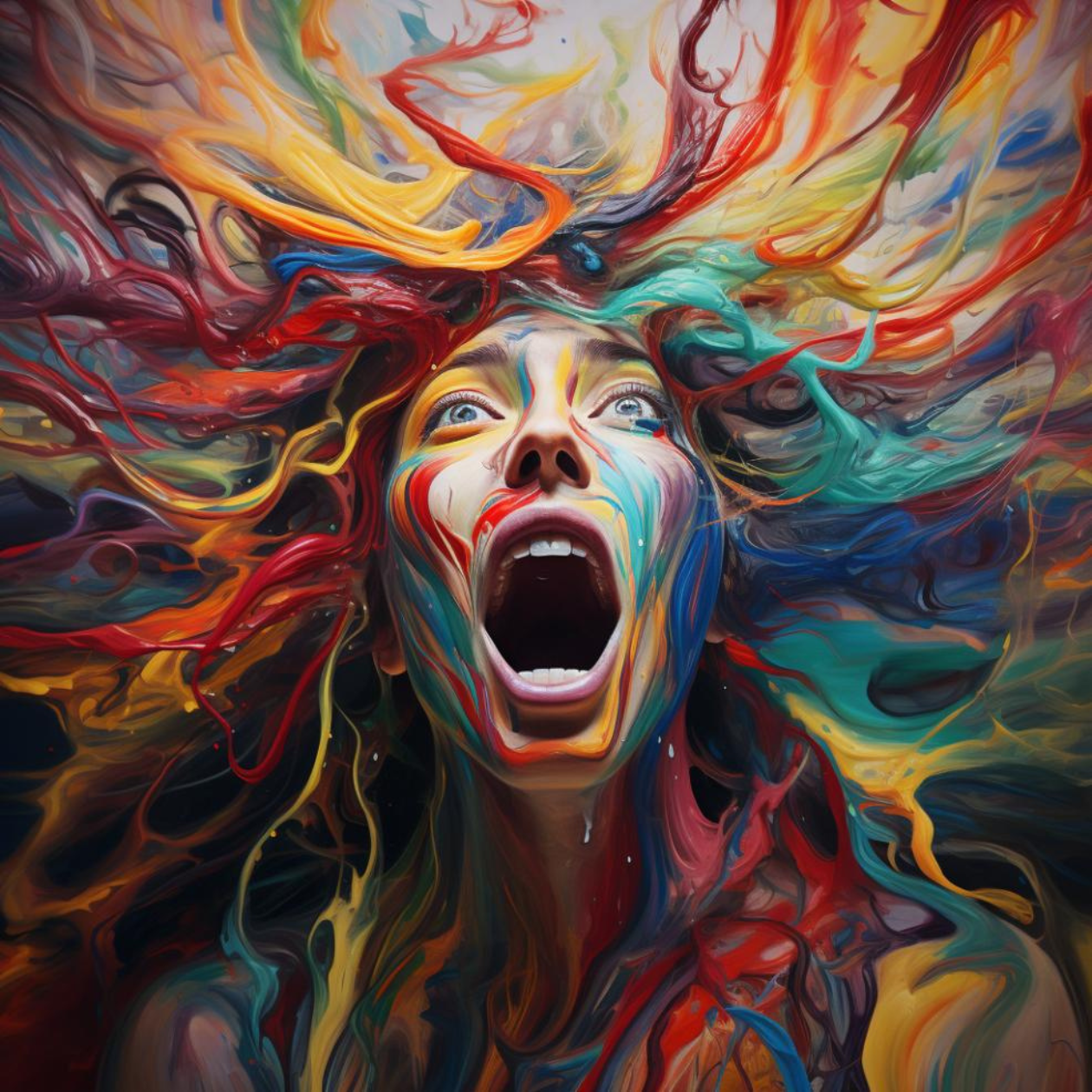Colors are the spice of life, adding vibrancy, personality, and flair to our surroundings. Yet, like any good recipe, it's all about finding the right balance. While a pop of color can breathe life into a space, too much of it can overwhelm the senses and disrupt harmony. Let's explore the delicate dance between saturation and subtlety and why sometimes, less truly is more when it comes to colors.
Sensory Overload:
Imagine walking into a room where every surface is painted a different vibrant color. While initially eye-catching, the barrage of hues quickly becomes overwhelming, leaving you feeling disoriented and uneasy. This phenomenon, known as sensory overload, occurs when our brains are bombarded with too much visual information, making it difficult to focus or relax. In our quest to infuse spaces with personality, we must be mindful of not overwhelming the senses with an excess of color.
Visual Fatigue:
Our brains are wired to seek balance and order in our surroundings. When confronted with an abundance of colors, especially those that clash or compete for attention, our brains work overtime trying to make sense of the chaos. This constant cognitive effort can lead to visual fatigue, leaving us feeling drained and mentally exhausted. To create spaces that are both visually stimulating and restful, it's important to strike a balance between bold statement colors and calming neutrals.
Cluttered Aesthetics:
Just as clutter can overwhelm a physical space, an excess of colors can clutter the visual landscape, making it difficult to appreciate individual elements. When every surface is painted a different color or every piece of furniture is a different hue, there's no focal point for the eye to rest, resulting in a chaotic and cluttered aesthetic. By selectively incorporating colors and allowing for negative space, we can create visual clarity and enhance the beauty of each element in the space.
Emotional Impact:
Colors have a powerful emotional impact on our mood and well-being. While certain colors can evoke feelings of joy, energy, and warmth, others may elicit stress, anxiety, or even aggression. When used in moderation, colors can enhance the atmosphere of a space and evoke the desired emotional response. However, when overused or misused, they can have the opposite effect, creating a discordant and unsettling environment.
In the world of design, as in life, balance is key. While colors have the power to transform and uplift, too much of a good thing can quickly become overwhelming. By embracing subtlety, restraint, and thoughtful curation, we can create spaces that are visually engaging, emotionally resonant, and harmonious to the senses. So let us approach the palette with intention, remembering that sometimes, the most powerful statement is made not by what we add, but by what we leave out.


